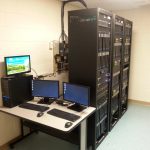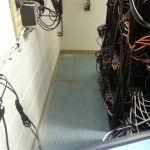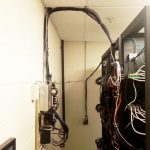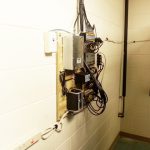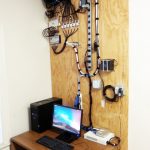In our modern world, a slow internet connection is not only immensely frustrating, but can also be a hindrance to communication with friends and family, disrupt work or school, render streaming services inoperable, and generally slow down your life! If you are consistently experiencing slower internet connection speeds than your provider promised, use these troubleshooting tips to determine if the issue originates with your equipment or if the problem lies with your provider.
Perform A Speed Test: When you are experiencing a slow connection, perform an internet speed test to clock your current speeds. You can find tools to monitor your speed at GTmetrix.com (https://gtmetrix.com/). Compare the results of your test with the speeds your provider promised. If you find that your average internet speed is lower than what you were led to expect from your provider, you are essentially paying for the internet speed you are not receiving.
Check All Connected Devices: Test the connection speed on all the devices in your home that connect to the internet. If your computer is the only device with a slow connection, you can be sure that your ISP, router, and modem are not to blame and the problem must originate with your computer.
Check Your Equipment: Make sure your equipment is properly plugged in. Check any wires associated with your internet connection to make sure they are in good condition. If you have older equipment or you are connecting to a lot of devices, consider upgrading your equipment so that it will be more efficient. A modern modem can handle multiple devices without slowing down.
Test your modem by connecting the internet with an Ethernet cable, if available. This will connect you directly to the internet without the modem. If your speed improves while you are using an Ethernet cable, your modem may need to be replaced.
Reboot the Router and Modem: Rebooting your main internet router every couple of months is generally helpful in fixing certain connectivity issues. Start by unplugging the router and the modem and wait for at least 30 seconds, then plug in the modem and turn it on. Wait another 60 seconds and then plug in your router and turn it on. Wait at least 2 minutes before testing or using the devices.
If rebooting doesn’t help, you may also want to try flushing and resetting the DNS. This process varies from computer to computer, and you may need to restart your modem and/or router after doing so.
Contact Your Provider: If your slow connection persists in spite of these measures, it’s time to contact your internet provider. Gathering the troubleshooting information you have tried so far will prepare you to answer any questions your ISP may have and help you to affirm that the issue originates from their end.
If your current provider is incapable of providing the speeds you need to visit the internet effectively, don’t hesitate to contact Sure Site! We are happy to help you get the fastest speeds possible, and our friendly staff will help you navigate your options. Don’t settle for slow internet speeds – call us today!


